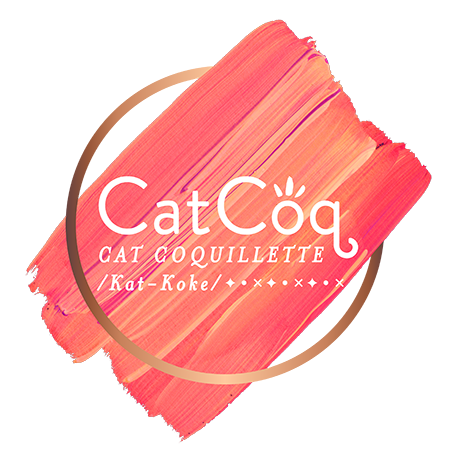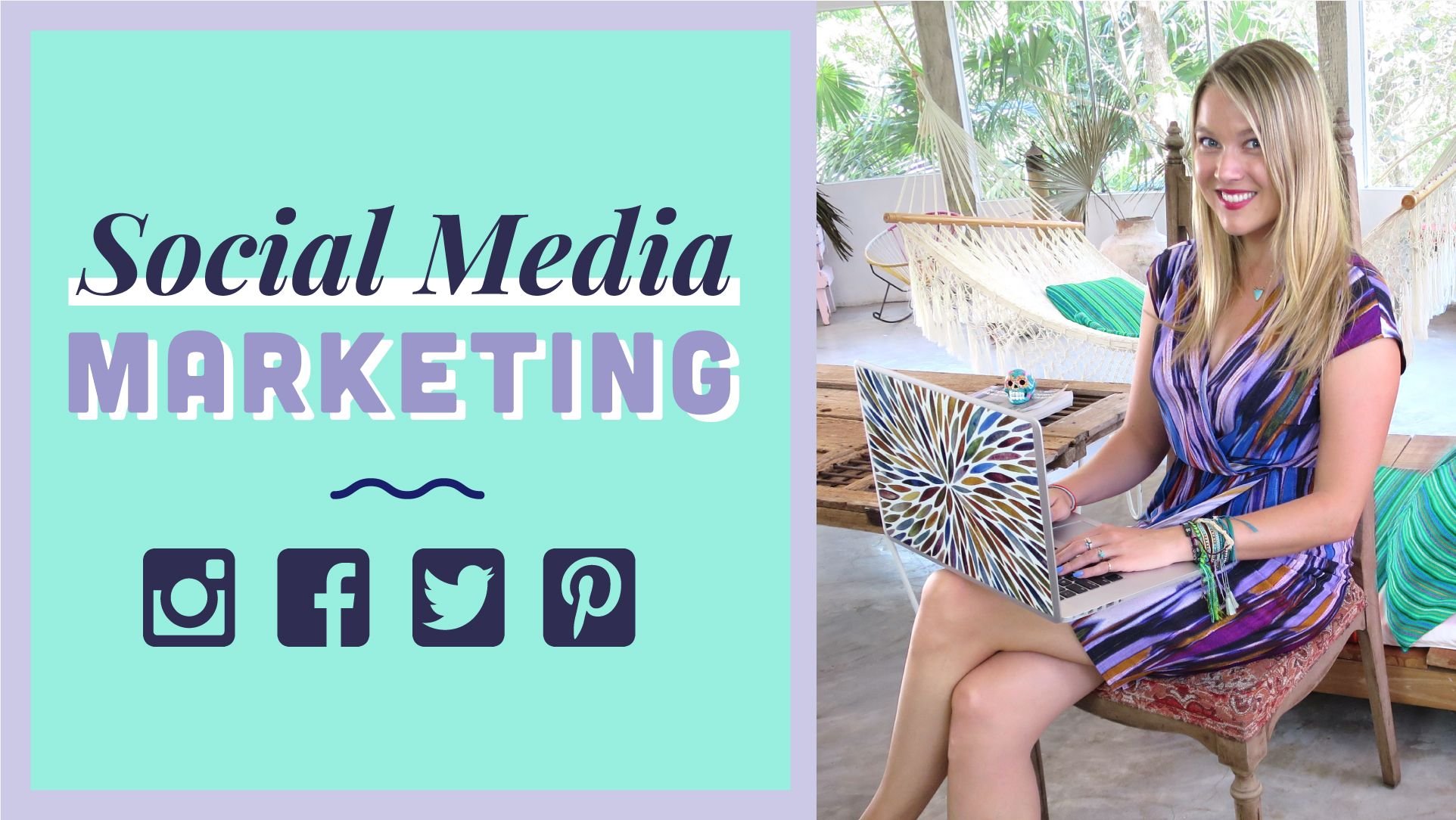How to Optimize Your Social Media Profiles as a Creative
In this tutorial, I’m sharing my best tips for setting up and optimizing your social media as an artist or creative entrepreneur. Social media is always changing, but these core principles will set you up for success despite algorithm changes and new features. I have grown my audience organically over the years, and I attribute it partly to these principles that I’ll share with you in this post.
If you are looking for content ideas for social media, I have an entire post on that that you can check out here. And if you want the full scoop on my entire social media strategy including my tips for getting more followers, how often to post, and understanding analytics, I lay it all out for your step-by-step in my class, Social Media Marketing: Top Tips for Growing Your Followers and Going Viral. And the best part? You can enroll in the class for free when you sign up for a free trial with Skillshare.
Ready to learn how to optimize your social media profiles for success? Let’s dive in!
Optimizing Your Social Media Bio
Your bio is often the first thing that people see when they land on your profile. Whether you’re using Instagram, TikTok, Pinterest, Facebook, or even print on demand sites like Society6 and Redbubble, it’s important that your bio is captivating, informative, and presents you in the best possible light.
Name
The first step to optimizing your bio is your name. I recommend including your actual name in addition to your brand name. Unless you’re operating under the umbrella of a large brand that isn’t defined by one person, this is important to include. Especially if you are a one-person art brand. People like to know the name of the person that they’re interacting with, so it is helpful to include your name so licensing partners and art directors can be aware of the person behind the brand. In my case, I use my full name first and foremost but also include my brand name, CatCoq, so I cover all the bases.
Bio
Next, let’s talk about what to write in your bio. For social media, it should be short and sweet. On sites like Redbubble and Society6, I generally include a longer bio since there’s a larger character limit and there is a different audience on those platforms. It’s more likely that people who find you on print on demand sites are coming to your profile to learn more about who you are as an artist, so it’s ok for that bio to be a little longer.
But back to social media bios specifically. Short and sweet is the name of the game. Succinctly share who you are and exactly what you do. I try to include some keywords in my bio because it allows me to show up in organic searches and get in front of people who are searching for exactly what I offer. People don’t visit your bio to read your life story, they just want a snapshot of who you are. Plus, with most social media platforms you’re limited on how many characters you can use in your bio.
Call to Action
Next up, I always like to include a call to action at the end of the bio. This is a prompt for your followers to take action whether that’s purchasing a product, signing up for your mailing list, checking out a new class, or in my case, prompting them to join in on your weekly art challenge! (P.S. Want to get a weekly art prompt from me in your inbox? Sign up for my newsletter here!) See what I did there? Call to action. 😉
Link
Lastly, always include a link in your bio. On Instagram, I like to use Linktree so I can include a lot of different links in one place. I always have a lot going on from new classes to licensing collaborations, so I don’t want my followers to miss a thing. By including all of my important links in Linktree, I don’t have to limit myself to only promoting one link at a time. If you do want to include one link at a time, be sure to update it as the things you promote change.
Here’s what my Instagram bio looks like at the time of writing this post! Your bio will change and evolve as you do, but sticking to these few core tips will help you write compelling bios for years to come even as things inevitably change on social media.
Profile Picture
The next key piece of your bio is your profile picture. One of the questions I get asked all the time is whether you should use a professional headshot, a photo of your artwork, or your logo as your profile picture.
The answer is that any one of these will work, it just depends on what your goals are.
I have always used my logo as my profile picture across every social media platform that I use. The reason for this is that I want my followers to follow my brand, not me as a person. A logo as your profile picture shows that you are professional and showcases you as a legitimate brand.
If your brand is highly personal and you are the face of your company, then it’s completely fine to use a headshot as your profile picture! This can help your audience get to know you better and feel like they have a personal connection to you. Bonus points if the picture is taken either in front of your art or with a piece of your artwork! This will help with brand recognition while still utilizing a photo of you.
The last option is to use a photo of your artwork as your profile picture. If you have a very recognizable style, this can be a good option. This gives your audience a quick idea of the kind of work you create and can help boost sales of that particular piece that you select as your profile picture.
While it is best to stay consistent with your profile picture for brand recognition, if you find that your picture isn’t capturing your audience in the way you want it to, you can always switch it up. No pressure to stick with something that’s not working! Experiment and find what works and feels best for what you’re trying to accomplish.
Contact Information & Links
My biggest piece of advice when it comes to optimizing your social media is to make sure that it’s easy to get in touch with you. I include my email address in every social media bio that I can. My licensing career took off when an art director found my work on Society6. They were able to easily find my email address in my bio, got in touch, and the next thing I knew I had landed a collaboration with Urban Outfitters! I always recommend making sure that it’s easy to contact you no matter where you’re sharing your work. You never know what it might lead to!
Another thing to include is links to your other social media profiles, website, shop, blog, or wherever else you can be found on the internet. If your followers are really resonating with you, they’ll want to check out your other work. Making sure these links are available is a great way to keep your audience engaged.
Update Your Bio
Last but not least, don’t be afraid to update your profile information as you grow as an artist and entrepreneur. Your bio isn’t set in stone. You can make changes at any time, especially if you’re experimenting with SEO or promoting new things.
Looking for more creative business tips?
Join me in one of my classes where I share the top business skills I’ve learned as a professional artist, entrepreneur, and educator.
A Step-by-Step Guide to Art Licensing
Learn the ins an outs of the art licensing industry with tips from my experience as a professional artist.
Social Media Marketing
Want to steal my social media strategy? Check out this class for all of my social media tips!
Growing Your Creative Business Through Instagram
Want to grow on Instagram organically? Learn how I built an audience of 70k and growing on this platform!











